Complete Solutions to Check points of chapter CENTRE OF MASS of Class 11 book with complete answers and questions
| Class 11 | PHYSICS |
| Chapter | CENTRE OF MASS |
| DC PANDEY NEET | Check points |
| Number Of Questions | 50 |
| Academic Year | 2023-24 |
The position of centre of mass of system of particles at any moment does not depend on.
View SolutionThe center of mass of a system of two particles divides the distance between them.
View SolutionTwo bodies of masses
View SolutionIn a carbon monoxide molecule, the carbon and the oxygen atoms are separated by a distance
View SolutionFigure shows a composite system of two uniform rods of lengths as indicated. Then the coordinate of the center of mass of the system of rods are
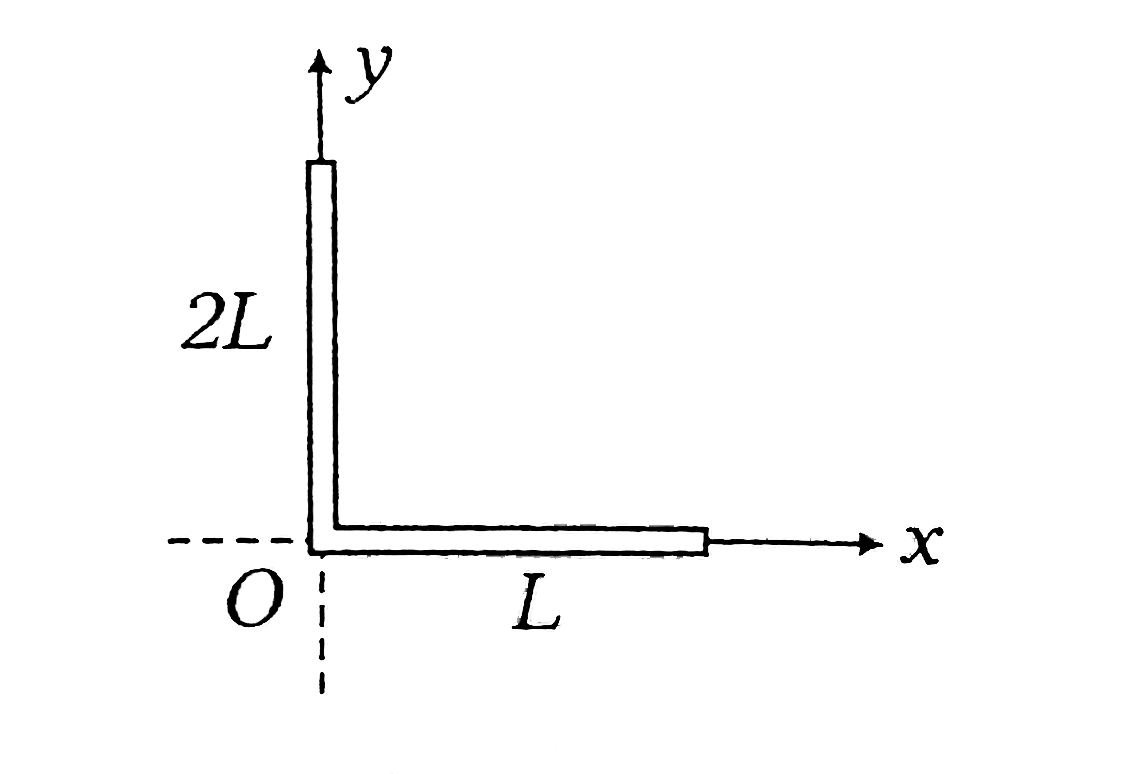
View SolutionAll the particles of a body situated at distance
View SolutionA uniform metre rod is bent into
View SolutionThree point masses
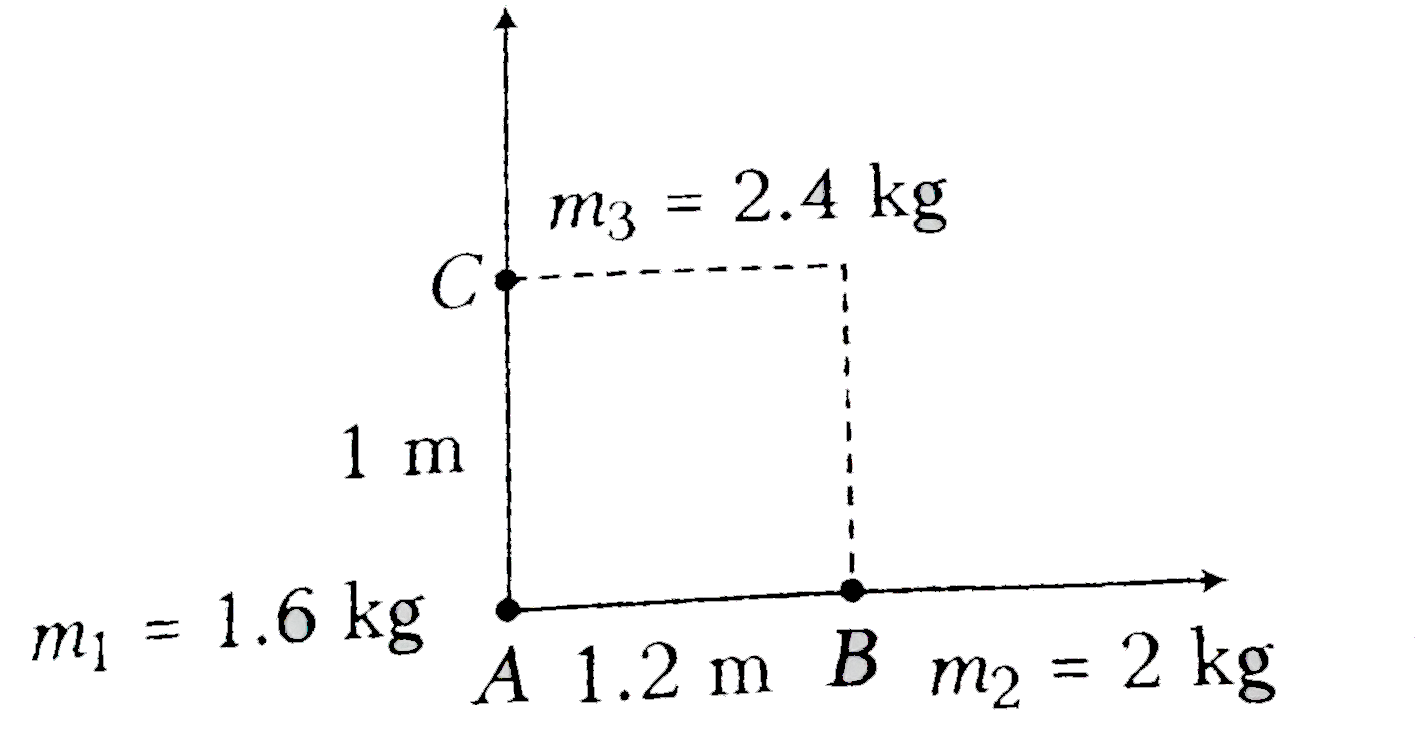
View SolutionThree rods of the same mass are placed as shown in the figure. Calculate the coordinates of the centre of mass of the system.
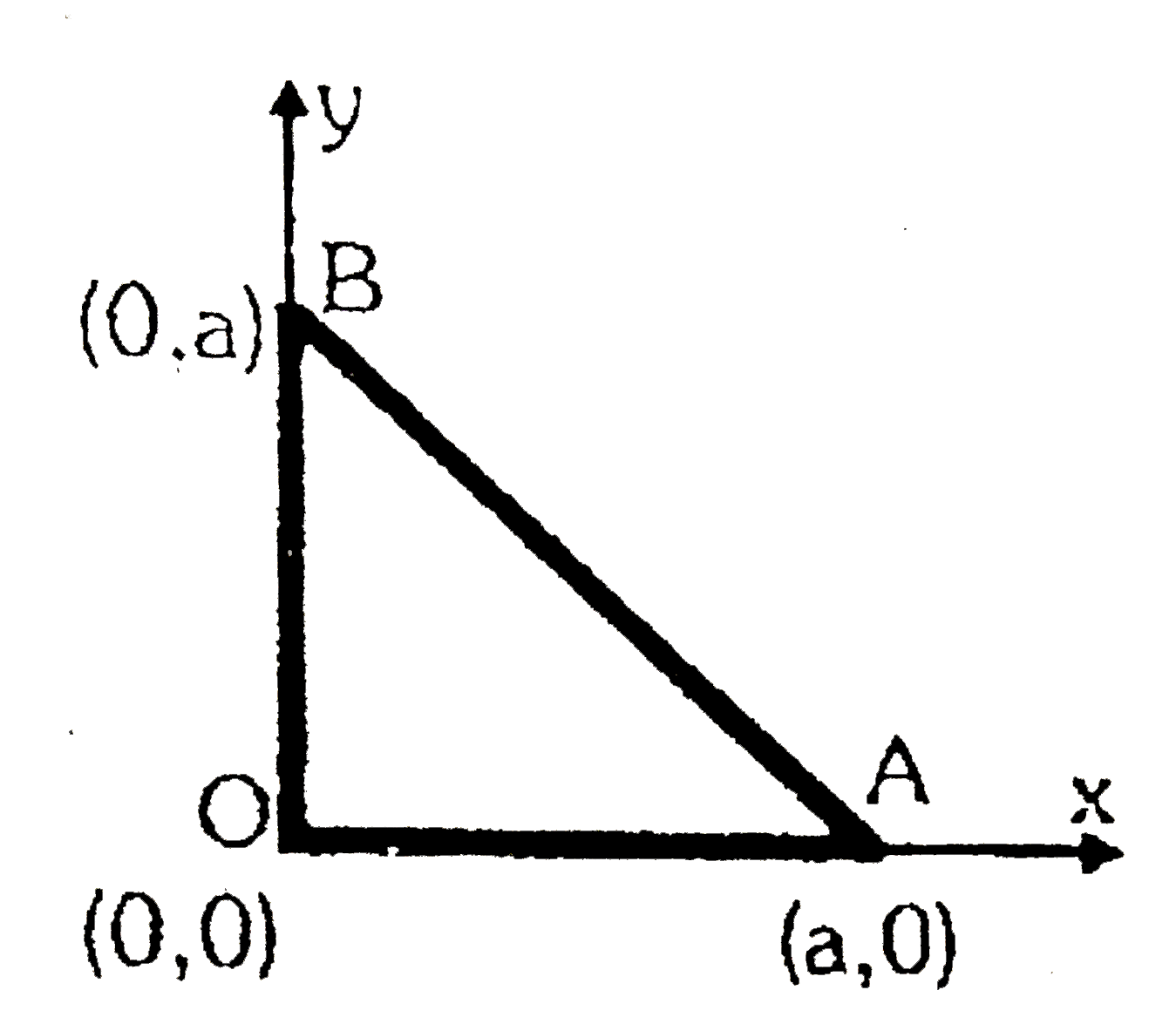
View SolutionCentre of mass of three particles of masses 1 kg, 2 kg and 3 kg lies at the point (1, 2, 3) and centre of mass of another system of particles 3 kg and 2 kg lies at the point (-1, -3, -2). Where should we put a particle of mass 5 kg so that the centre of mass of entire system lies at the centre of mass of first system?
View SolutionFour particles of masses

View SolutionFour rods AB, BC, CD and DA have mass m,2m,3m and 4m respectively. The center of mass of all the four rods
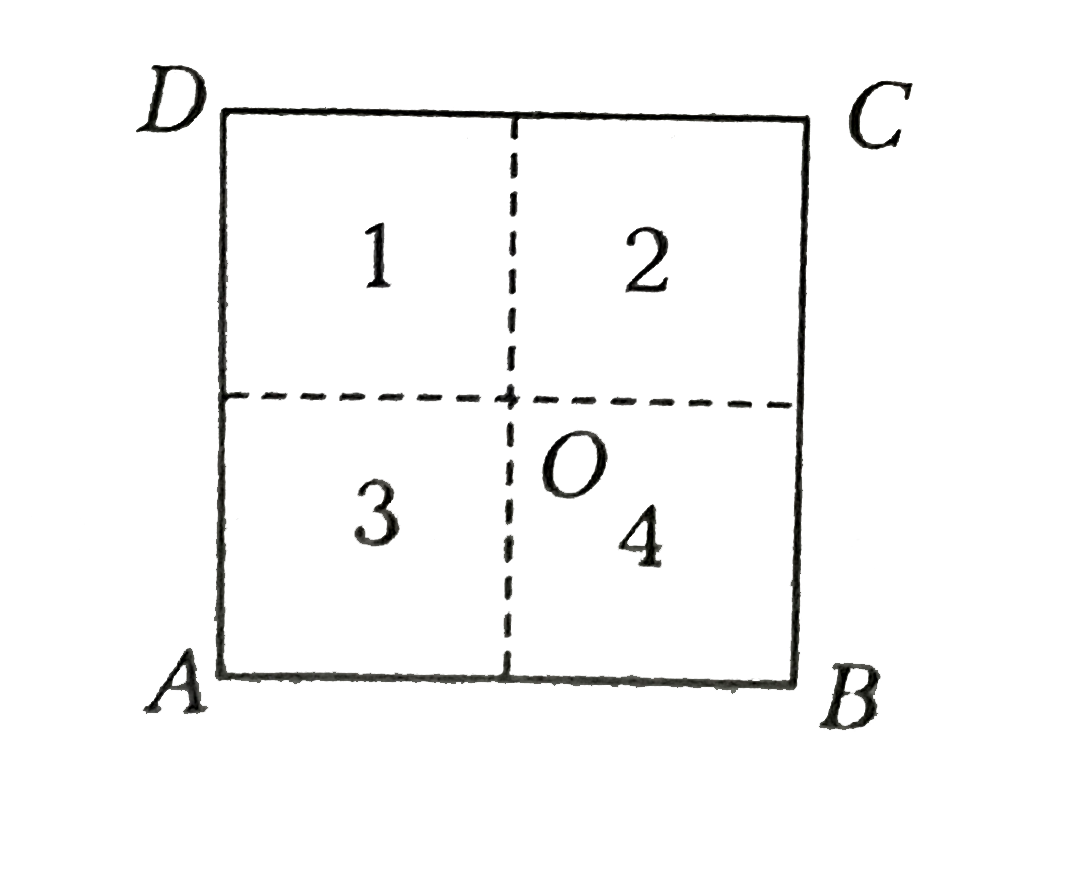
View SolutionThree identicle particle each of mass
View SolutionA square plate of side 20cm has uniform thickness and density. A circular part of diameter 8cm is cut out symmetrically and shown in figure. The position of center of mass of the remaining potion is
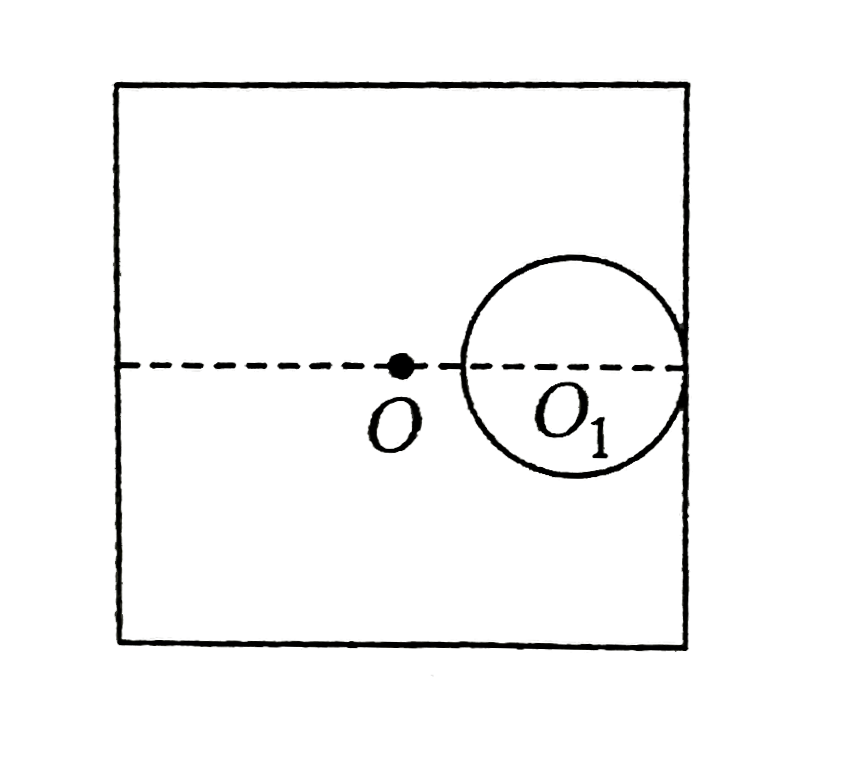
View SolutionA uniform metal disck of radius R is taken and out of it a disc of diameter R is cut-off from the end. The center of mass of the remaining part will be
View SolutionA body at rest breaks into two pieces of equal masses. The parts will move
View SolutionA body falling vertically downwards under gravity breaks in two parts of unequal masses. The centre of mass of the two parts taken together shifts horizontally towards
View SolutionTwo balls are thrown simultaneously in air. The acceleration of the centre of mass of the two balls while in air
View SolutionConsider a system of two identical particles. One of the particles is at rest and the other has an acceleration. The centre of mass has an acceleration.
View SolutionTwo particles A and B intiallly at rest, move towards each other under a mutual force of attraction. AT the instant when the speed of A is v and the speed of B is 2 v, the speed of the centre of mass of the system is
View SolutionTwo balls of equal mass are projected from a tower simultaneously with equal speeds. One at angle
View SolutionOne projectile moving with velocity v in space, gets burst into 2 parts of masses in the ratio
View SolutionA bomb of mass
View SolutionTwo blocks of masses
View SolutionA ball kept in a close box moves in the box making collisions with the walls. The box is kept on a smooth surface. The velocity of the centre of mass
View SolutionA meter stick is placed vertically at the origin on a frictionles surface. A gentle push in +x direction is given to the top most point of the rod. When it has fallen completely x-coordinate of center of rod is at
View SolutionTwo bodies having masses
View SolutionTwo particles of equal mass have coordinates (2m,4m,6m) and (6m,2m,8m). Of these one particle has a velocity
View SolutionAn isolated particle of mass
View SolutionBlockes A and B are resting on a smooth horizontal surface given equal speeds of
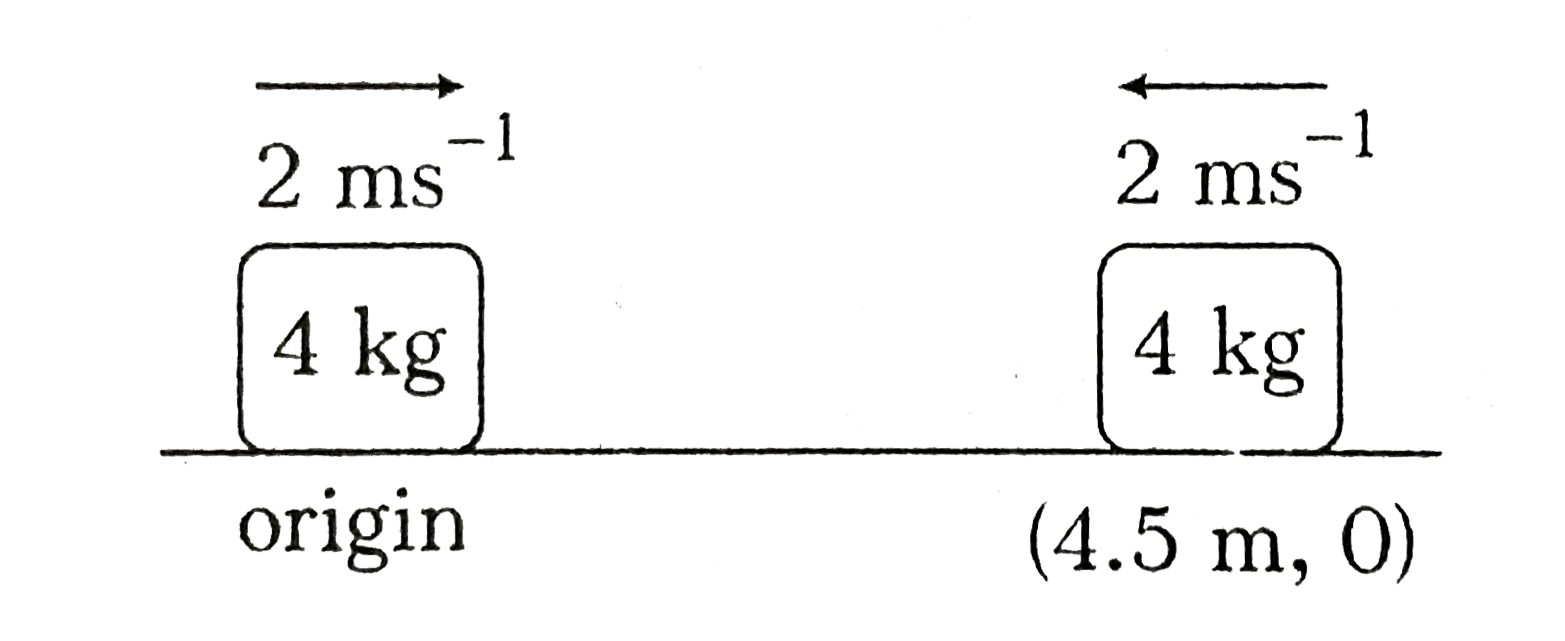
At t=0, the position of blocks are shown, then the coordinates of center of mass t=3s will be
View SolutionA man of mass m is standing on a plank of equal mass m resting on a smooth horizontal surface. The man starts moving on the plank with speed u relative to the plank. The speed of the man relative to the ground is

View SolutionAn object of mass 3m splits into three equal fragments. Two fragments have velocities
View SolutionA stationary bomb explode into two parts of masses 3kg and 1kg. The total KE of the two parts after explosioons is 2400J. The KE of the smaller part is
View SolutionA shell of mass m is moving horizontally with velocity
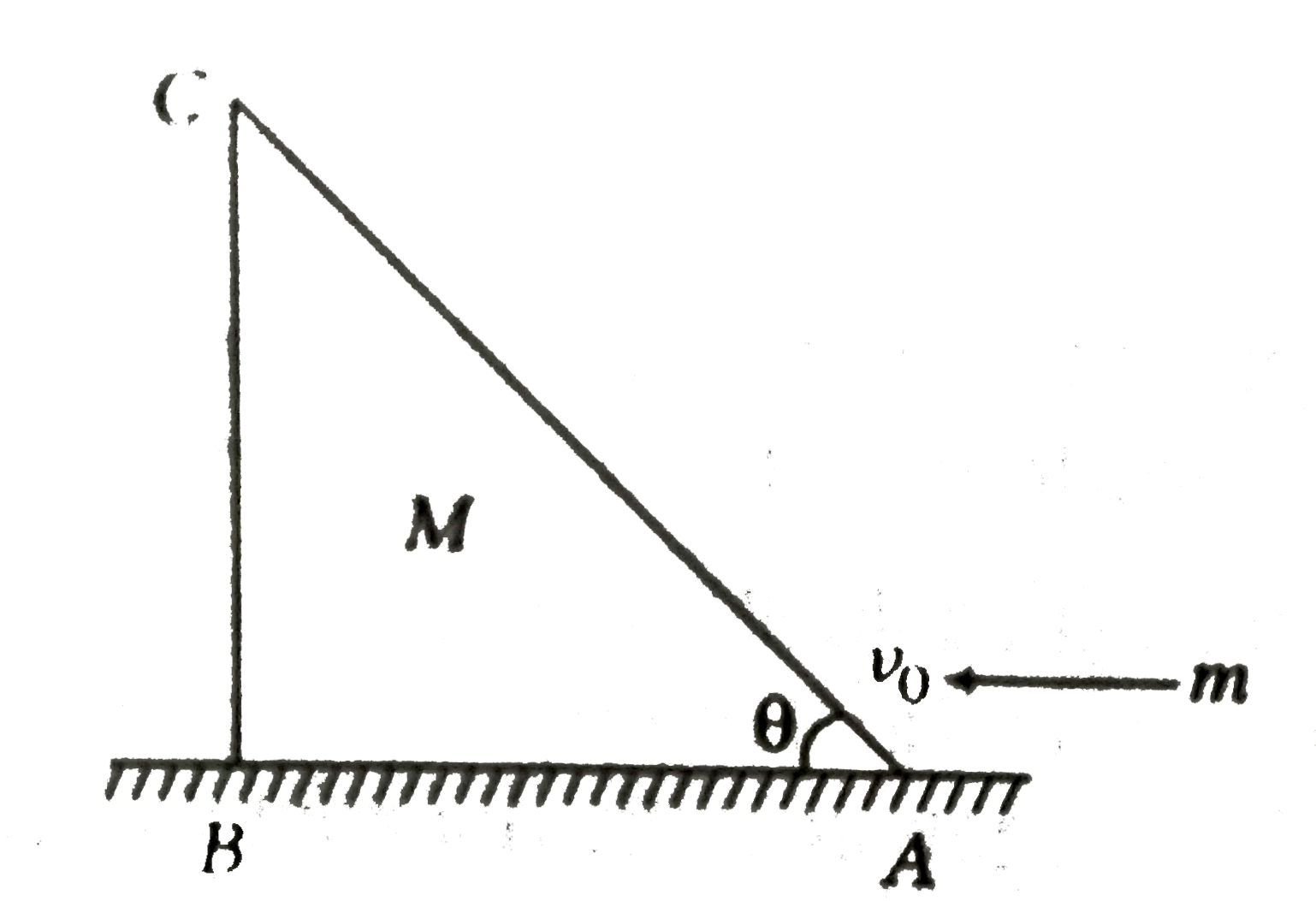
View SolutionA shell is fired from a cannon with a velocity V at an angle
View SolutionIn an elastic collision
View SolutionIf a body of mass m collides head on, elastically with velocity u with another identical boday at rest. After collision velocty of the second body will be
View SolutionA ball hits a floor and rebounds after an inelastic collision. In this case
View SolutionA body of mass
View SolutionTwo particles of mass
View SolutionTwo perfectly elastic particles
View SolutionThe collision of two balls of equal mass takes place at the origin of coordinates. Before collision, the components of velocities are (
View SolutionA mass of
View SolutionTwo perfectly elastic particles A and B of equal mass travellinng along the line joining them with velocities
View SolutionA smooth sphere of mass M moving with velocity u directly collides elastically with another sphere of mass m at rest. After collision their final velocities are V and v respectively. The value of v is
View SolutionA body of mass
View SolutionA body of mass
View SolutionThe two diagrams show the situations before and after a collision between two spheres A and B of equal radii moving along the same straight line on a smooth horizontal surface. The coefficient of restitution e is

View SolutionA block of mass m moving at speed
View SolutionSphere A of mass
View Solution
Check points questions and complete solutions for chapter CENTRE OF MASS of DC PANDEY ENGLISH of Class 11